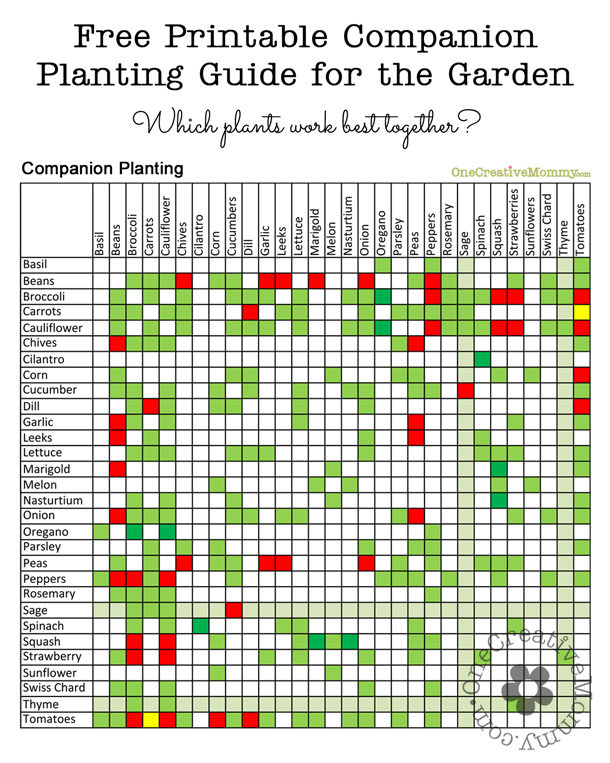Master Companion Planting, Veggie Garden Guide

Master Companion Planting: The Ultimate Veggie Garden Guide
Ever heard of the phrase, "friends in high places"? Well, in the gardening world, it's all about friends in small places. Companion planting is like setting up a buddy system in your veggie garden, and today, we're going to master it.
What is Companion Planting?
Imagine a garden where tomatoes, basil, and marigolds live happily together, each bringing something beneficial to the table. That's companion planting! It's about creating harmonious relationships between different plants to improve growth, enhance flavor, and even control pests.
The Magic of Beneficial Plants
Some plants are like the popular kids in school—everyone wants to be their friend. These are our beneficial plants. They might repel pests, improve soil health, or even make your veggies taste better. Take nasturtiums, for instance. They're like the garden's security guard, fending off aphids and whiteflies.
Pest Control: The Natural Way
Who needs chemicals when you've got a garden full of allies? Pest control in companion planting is all about strategically placing plants that naturally repel critters. For example, planting onions near carrots can deter carrot rust flies. It's like having a bouncer at the garden nightclub, keeping the troublemakers out.
Crop Rotation: Keeping Your Garden Fresh
Just like us, plants can get bored (and deplete the soil) if they're stuck in the same spot year after year. Crop rotation is like a game of musical chairs, moving plants around to keep the soil healthy and prevent diseases. It's a key part of companion planting that keeps your garden thriving.
Planning Your Garden Layout
Alright, let's get down to business. Garden layout is all about putting the right plants together in the right places. Tall plants at the back, short ones in front—just like a group photo. But it's not just about height; it's about who gets along with whom.
Veggie Pairings: The Dynamic Duos
Some veggies are like Batman and Robin—they just work better together. These vegetable pairings can boost growth, improve flavor, and even repel pests. Here are a few dynamic duos:
- Tomatoes and Basil: Improve each other's growth and flavor. Plus, basil repels tomato hornworms.
- Carrots and Radishes: Plant them together and the radishes will loosen the soil for the carrots.
- Corn, Beans, and Squash: The "Three Sisters" method—the corn provides a trellis for the beans, the beans fix nitrogen in the soil, and the squash acts as a living mulch.
Plants to Keep Apart: The Garden Frenemies
Just like in life, not all plants get along. Some can stunt each other's growth or even introduce diseases. Here are a few frenemies to keep apart:
- Beans and Onions: Onions can stunt the growth of beans.
- Tomatoes and Potatoes: They're both nightshades and can spread blight to each other.
- Cabbage and Strawberries: Cabbage can inhibit the growth of strawberries.
The Science Behind Companion Planting
Companion planting isn't just old wives' tales. There's real science behind it. Plants communicate and interact through chemicals, both above and below ground. Some can even "talk" to each other, warning neighbors of impending pest attacks.
Getting Started: Planning Your Companion Planting Garden
Ready to dive in? Here are some steps to get you started:
- Sketch Your Layout: Grab a pencil and paper and sketch out your garden. Remember, tall plants at the back, short ones in front.
- Group Your Plants: Based on what you've learned, group your plants into friends and frenemies.
- Plan Your Rotation: Think about crop rotation. Where will each plant go next year?
A Helping Hand: Companion Planting Guide
Need a little more guidance? Check out this companion planting guide from the Old Farmer's Almanac. It's like having a garden guru in your pocket.
Trial and Error: The Garden Journey
Remember, companion planting is a journey. Don't be afraid to experiment and make mistakes. If something doesn't work, try again next year. That's the beauty of gardening—there's always next season.
Conclusion
Companion planting is more than just a gardening technique. It's about creating a thriving, interconnected ecosystem right in your backyard. It's about working with nature, not against it. So, grab your gloves, get out there, and let's make some friends in small places. Happy gardening!
FAQs
Q: Can I still use pesticides with companion planting? A: While you can, the idea is to reduce or eliminate the need for pesticides by using natural pest control methods.
Q: What if I don't have space for crop rotation? A: Even in small gardens, you can rotate crops by succession planting—planting a quick crop like lettuce before a slower-growing one like beans.
Q: Can I companion plant in containers? A: Absolutely! Just make sure to choose compact varieties and consider the size of the container.
Q: What if I want to plant something that doesn't have any "friends"? A: Everything has a friend somewhere! Do some research, and if all else fails, just make sure to keep it away from its frenemies.
Q: How do I know if my companion planting is working? A: Keep a garden journal. Note what you planted where, and observe the results. The proof is in the pudding—or in this case, the produce!
0 Response to "Master Companion Planting, Veggie Garden Guide"
Post a Comment